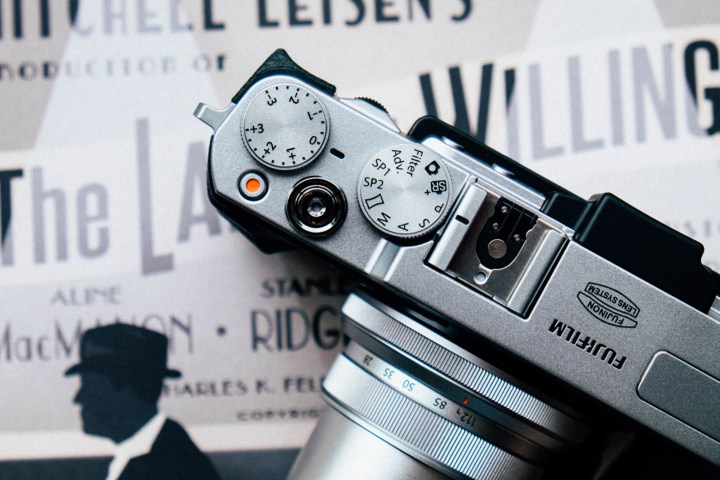
An organic CMOS sensor uses a layer of organic photoconductive film and a separate layer of circuits to do the job of a silicon photodiode inside a traditional sensor. Unlike the CMOS sensors on the market, the organic sensor uses a layer for changing the light the sensor sees into electric currents and a separate circuit layer for storing those charges. By separating these tasks into two different layers instead of the single silicon photodiode, organic sensors are said to reproduce more accurate colors and to have better low-light performance.
While the sensors have been researched for several years, Fujifilm confirmed Tuesday that a new technique for mass producing the sensors and preventing overheating while operating as the fastest organic sensor yet. The announcement, published by Fujifilm Japan and translated by Google Translate, says the speed has increased to .5 MHz, one digit higher than previous sensor attempts.
Fujifilm also says the sensor is more affordable and has a cost performance 100 times greater than earlier attempts at organic sensors. The announcement doesn’t detail when or even if the sensor would be commercially available without further enhancements — and if the sensor would be used in commercial cameras, smartphone cameras, or industrial imaging devices. “We made great strides toward mass production for a wide range of applications,” the announcement reads.
The announcement comes shortly after Panasonic announced the development of an organic sensor that has a separate layer for infrared light, allowing a single sensor to read both visible light and infrared. In 2013, Fujifilm and Panasonic announced they had worked together on the industry’s first organic sensor.
While organic sensors may still need additional research before they make their way into consumer products, Fujifilm’s latest development enhances both the speed and cost efficiency.



